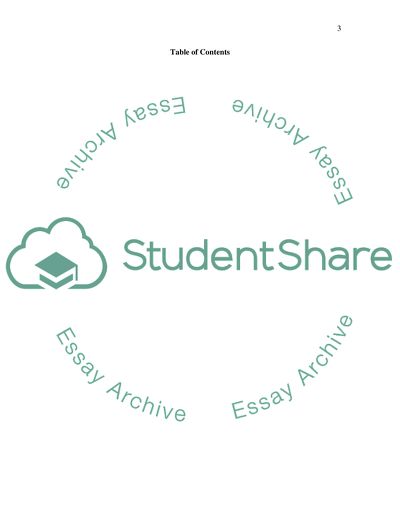Cite this document
(“Website Design Dissertation Example | Topics and Well Written Essays - 3000 words”, n.d.)
Retrieved from https://studentshare.org/information-technology/1538686-website-design
Retrieved from https://studentshare.org/information-technology/1538686-website-design
(Website Design Dissertation Example | Topics and Well Written Essays - 3000 Words)
https://studentshare.org/information-technology/1538686-website-design.
https://studentshare.org/information-technology/1538686-website-design.
“Website Design Dissertation Example | Topics and Well Written Essays - 3000 Words”, n.d. https://studentshare.org/information-technology/1538686-website-design.


